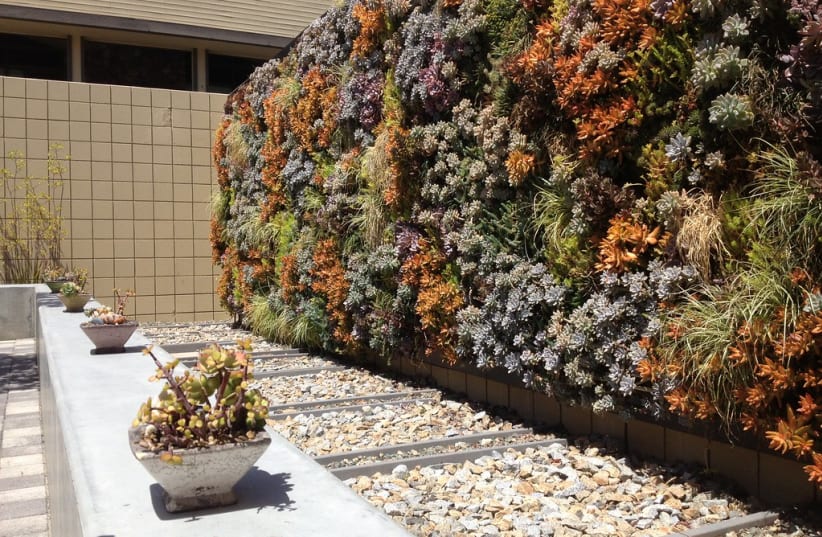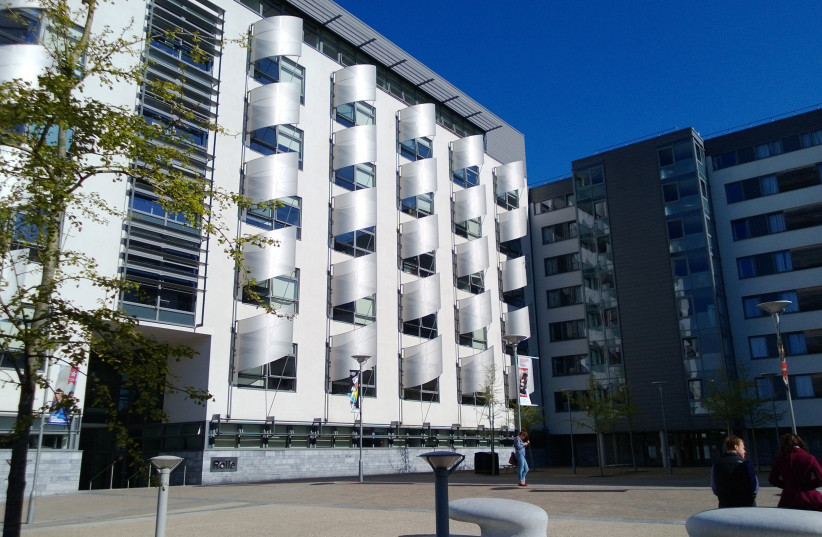A new study at the University of Plymouth may lead to some changes in the way we heat and cool our homes.
The study, which was completed by academics associated with the University’s Sustainable Earth Institute and without any specific grant from funding agencies, utilized a pre-1970s campus building to compare how two walls retained heat - one traditional wall, and one whose exterior section was retrofitted with what the study refers to as a ‘living wall’ made of a “flexible felt fabric sheet system with pockets allowing for soil and planting.” The walls were not insulated with any other material.
The peer-reviewed publication mentions that existing data around using such structures as insulation is lacking but adds that at present buildings directly account for 17% of UK Greenhouse Gas Emissions, and space heating accounts for over 60% of all energy used in buildings.
Both sections of the wall were situated at the same elevation and faced the same direction. Temperatures were then measured from each section over the course of five weeks, where afterward it was concluded that the “living wall” had lost 31.4% less heat than its unfitted counterpart, and fluctuations in heat flow during the day were lower as well.
These findings spell good news for those of us living in older buildings who may be looking to reduce the electric bill. The stability of a building's temperature over time means that less energy is required to keep it heated. It’s also a win for efforts to increase biodiversity and improve air quality - the study mentions plants as a means of mitigating air pollution.
The findings may also present benefits for those of us living in warmer climates. The publication cites a previous study wherein it is explained that “By minimizing the solar gains on buildings, green walls have also been found to lower the indoor air temperature of buildings in warm climates through foliage offering shading to the façade.” Certain percentages of solar energy are used by the plants for photosynthesis or reflected away from the building behind them, keeping the temperature of the buildings they cover stable and cool.
In the study’s conclusion, it is mentioned that “repeat investigations to this study will explore the effect that annual growth has on overall performance” and that future studies will be planned to explore the different improvements offered by various plant species.
The Environment and Climate Change portal is produced in cooperation with the Goldman Sonnenfeldt School of Sustainability and Climate Change at Ben-Gurion University of the Negev. The Jerusalem Post maintains all editorial decisions related to the content.

